Pastena is situated on the side of a hill at 318 metres above sea level in the Regional Natural Park of Monti Ausoni and Lago di Fondi.
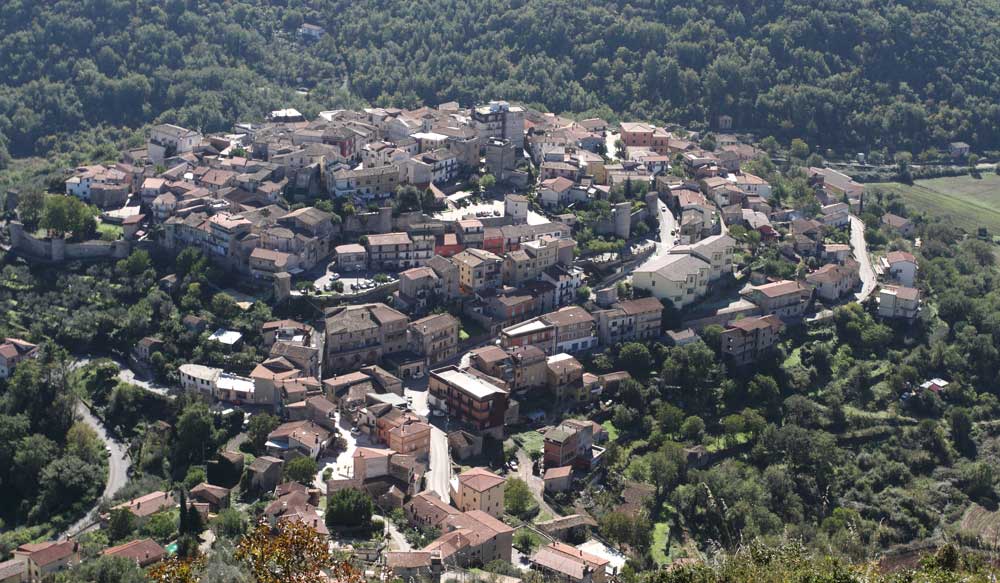
Pastena is characterized by a defensive wall about 650 metres long, with round and square towers, only 15 of the original 25 to confirm the ancient origins of the Castellum Pastina.
There are two entry gates: Porta Roma and Porta Napoli. In the highest part of the town is the main square, Piazza del Maggio, dominated by the Collegiate Church of Santa Maria Maggiore, dating back to the 11th century. Inside, you can admire a fresco depicting San Sebastiano and the distinguished relic of the Holy Cross. In Piazza del Maggio, you’ll also find the childhood home of Nino Manfredi, hosting photographic exhibitions and a theatre school.
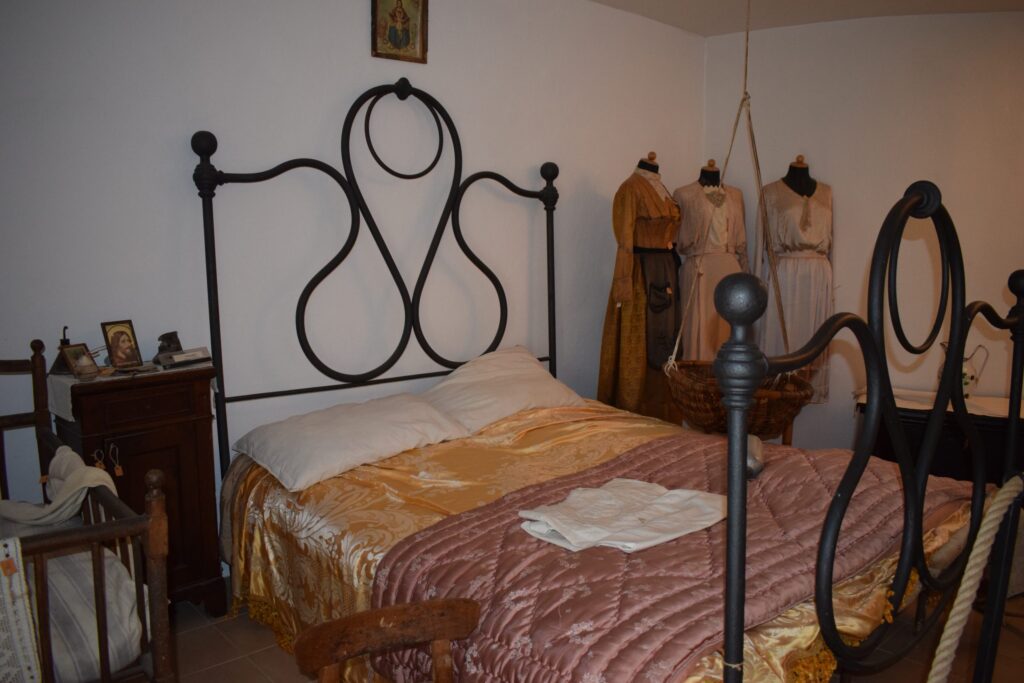
The Municipal House houses the Museum of Peasant Civilization and Olive Trees. Here, you can trace the last two centuries of history and life of the local population, primarily dedicated to agriculture and livestock breeding. The museum consists of 13 rooms, including the Olive Press Room, Craft Room, Bedroom, and Grain Processing Room.
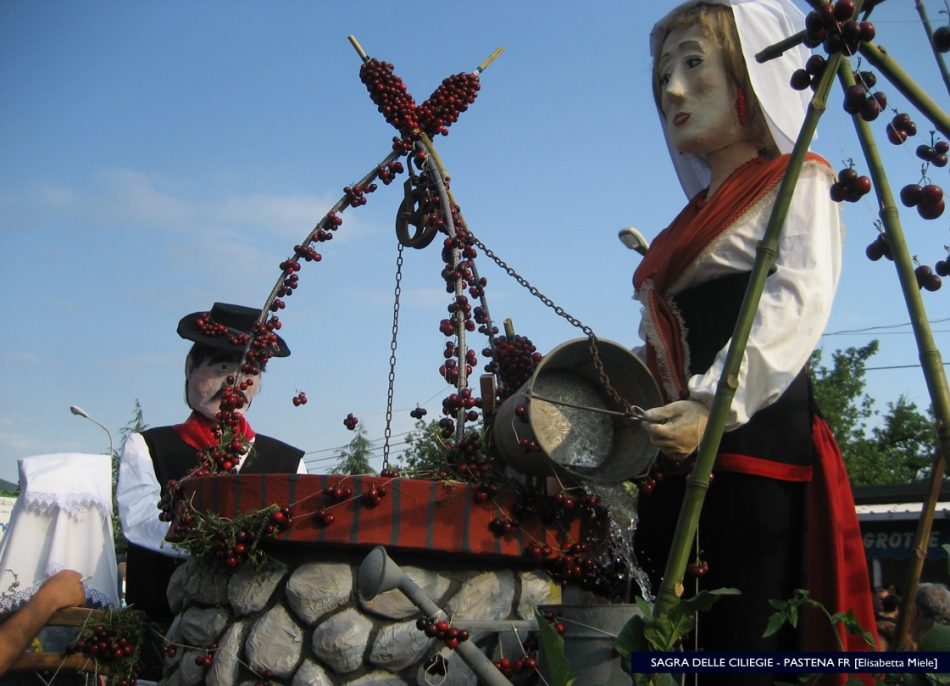
Pastena Cherry Festival
The town of Caves and Cherries celebrates one of the longest-running Cherry Festivals in Italy. The Cherry Festival was established in 1936 with a fair of goods and cattle. Today, only the Cherry Festival takes place on the first Sunday of June. The districts create increasingly beautiful and sophisticated floats to win the competition and receive the coveted Cherry Festival Trophy from the previous year’s winning team. At the arrival of the wagons, the expected distribution of cherries grown in the territory of Pastena.
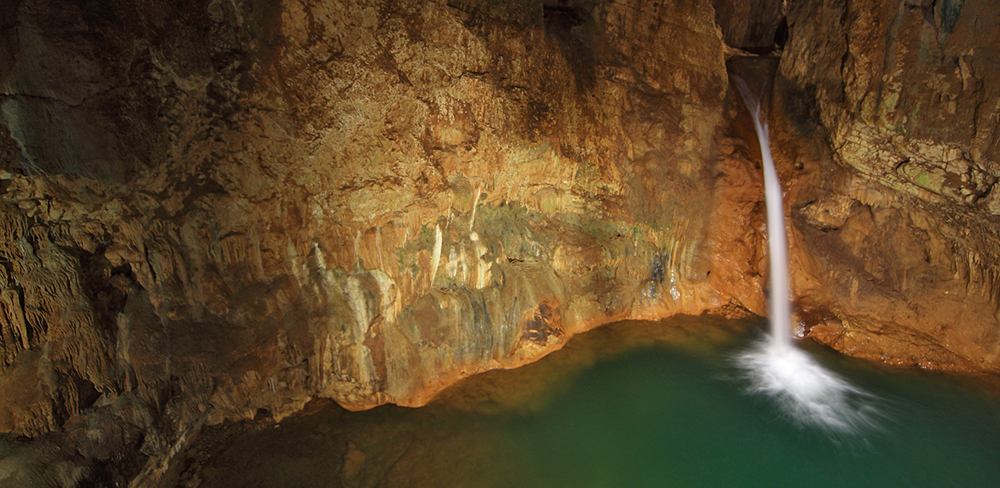
Caves of Pastena
Wonders of wonders are the Caves of Pastena, discovered in 1926 and counted among the major cave systems in Italy. The tourist route winds through a lower active branch, where an underground river flows, and an upper fossil branch, rich in calcareous concretions, revealing unique environments for their grandeur and mystery.
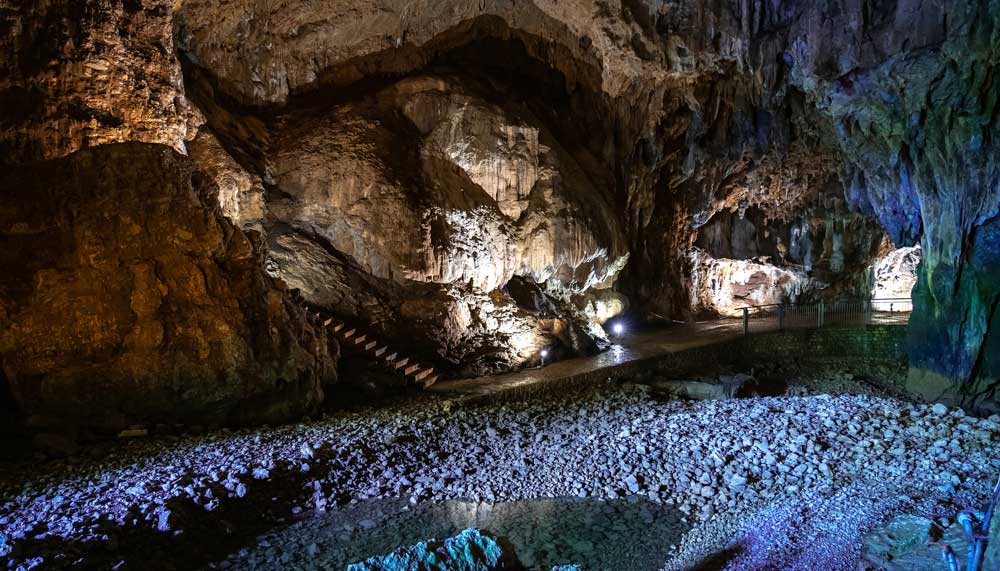
Caves of Pastena
The Pastena Caves date back to the Mesozoic era, between 80 and 50 million years ago, and are the result of incessant erosion by water. The entrance is marked by a curtain of polychrome stalactites.
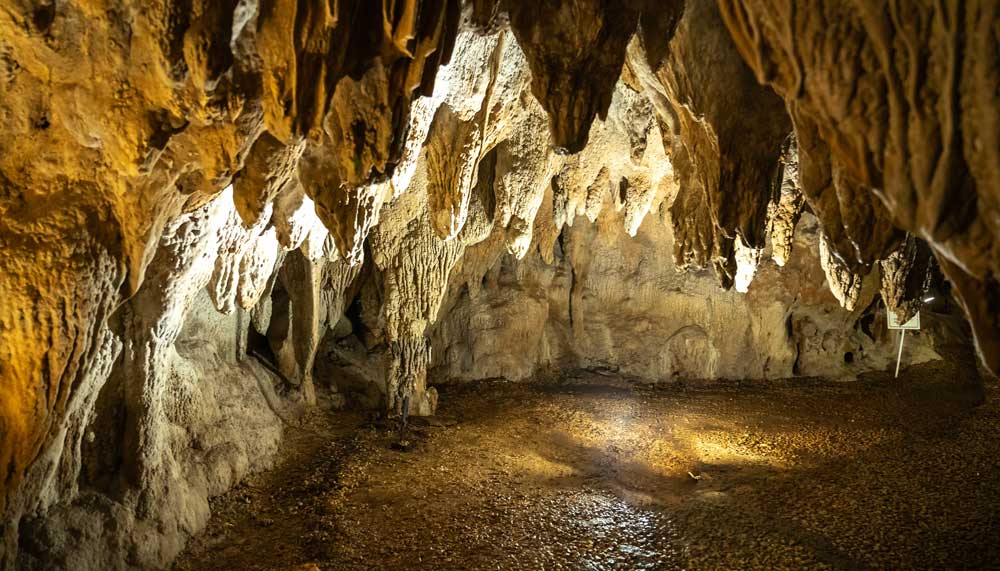
Further on, you encounter ten chambers with imaginative names filled with stalactites, stalagmites and uniquely shaped columns, as well as lakes and waterfalls. In the Blue Lake Room, there is a waterfall approximately 10 metres high that cascades into a small lake 5 meters deep fed by the Mastro Ditch and small springs at the bottom. The Weeping Willow Room derives its name from the shape of a column resembling a willow. This column is formed from the union of a stalactite and a stalagmite. Some formations in the room reach up to 10 meters. In 1926, in the Bat Room, the group of speleologists led by Baron Franchetti found a colony of bats. These animals still use the caves as a refuge.
